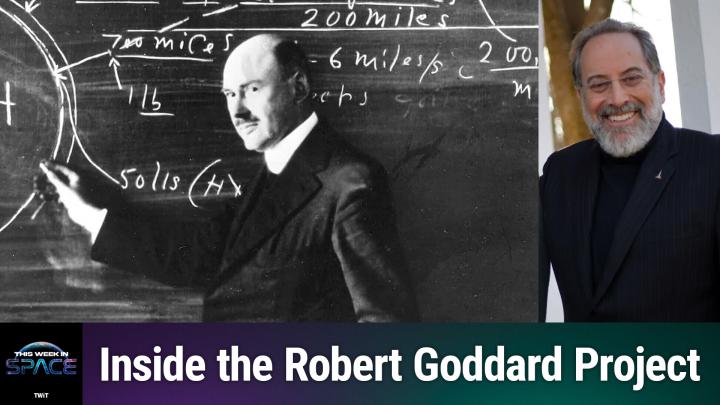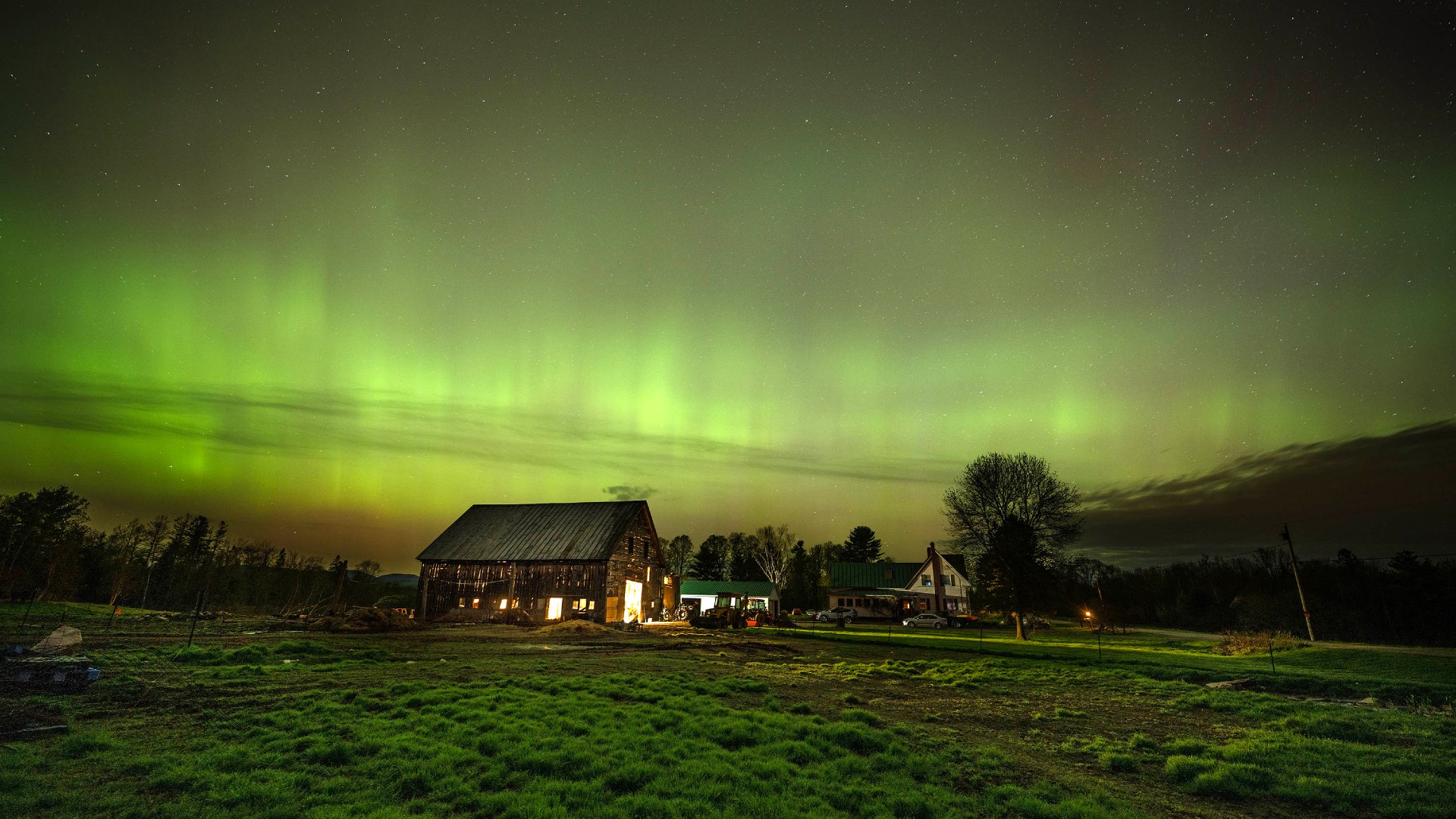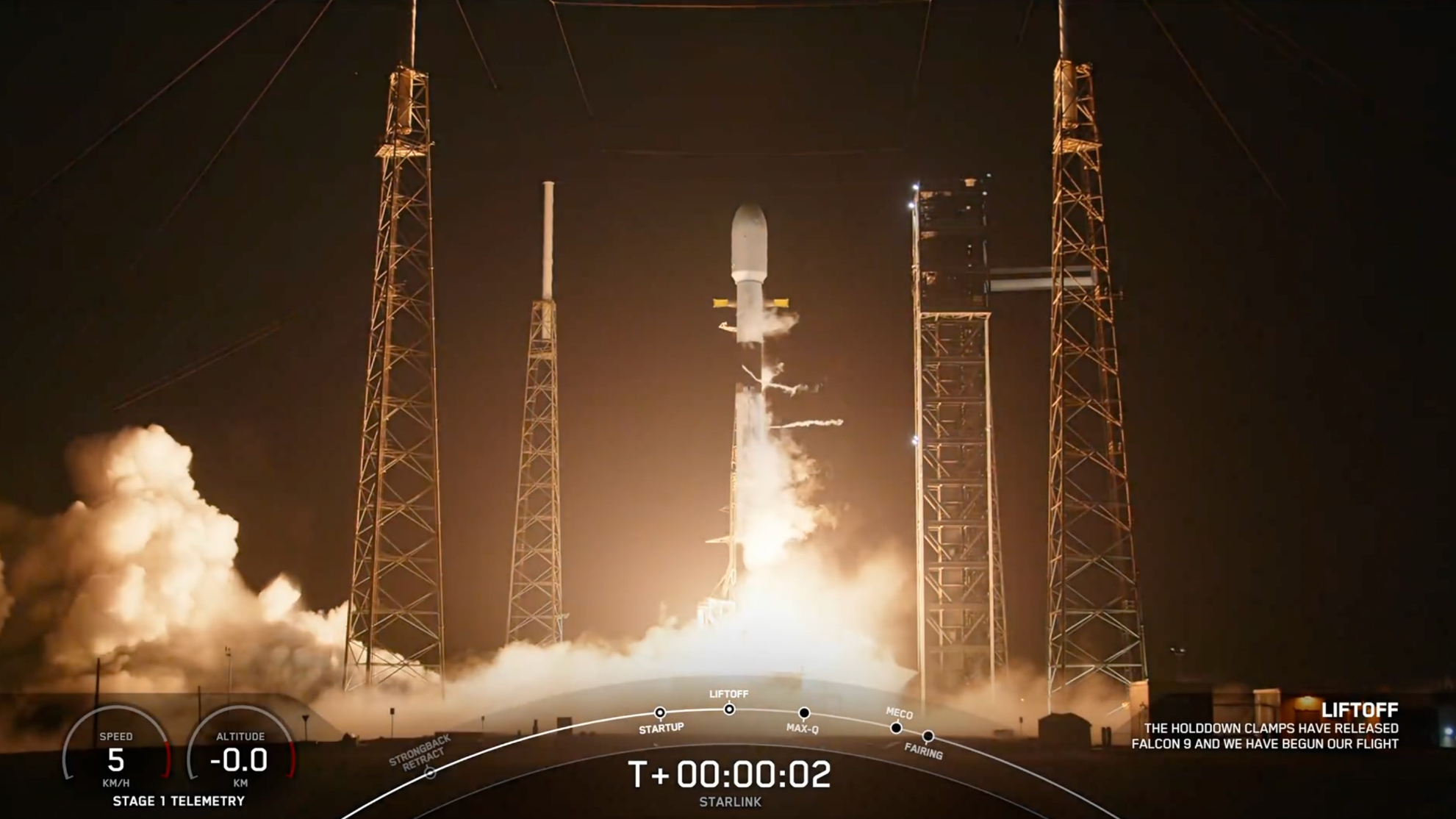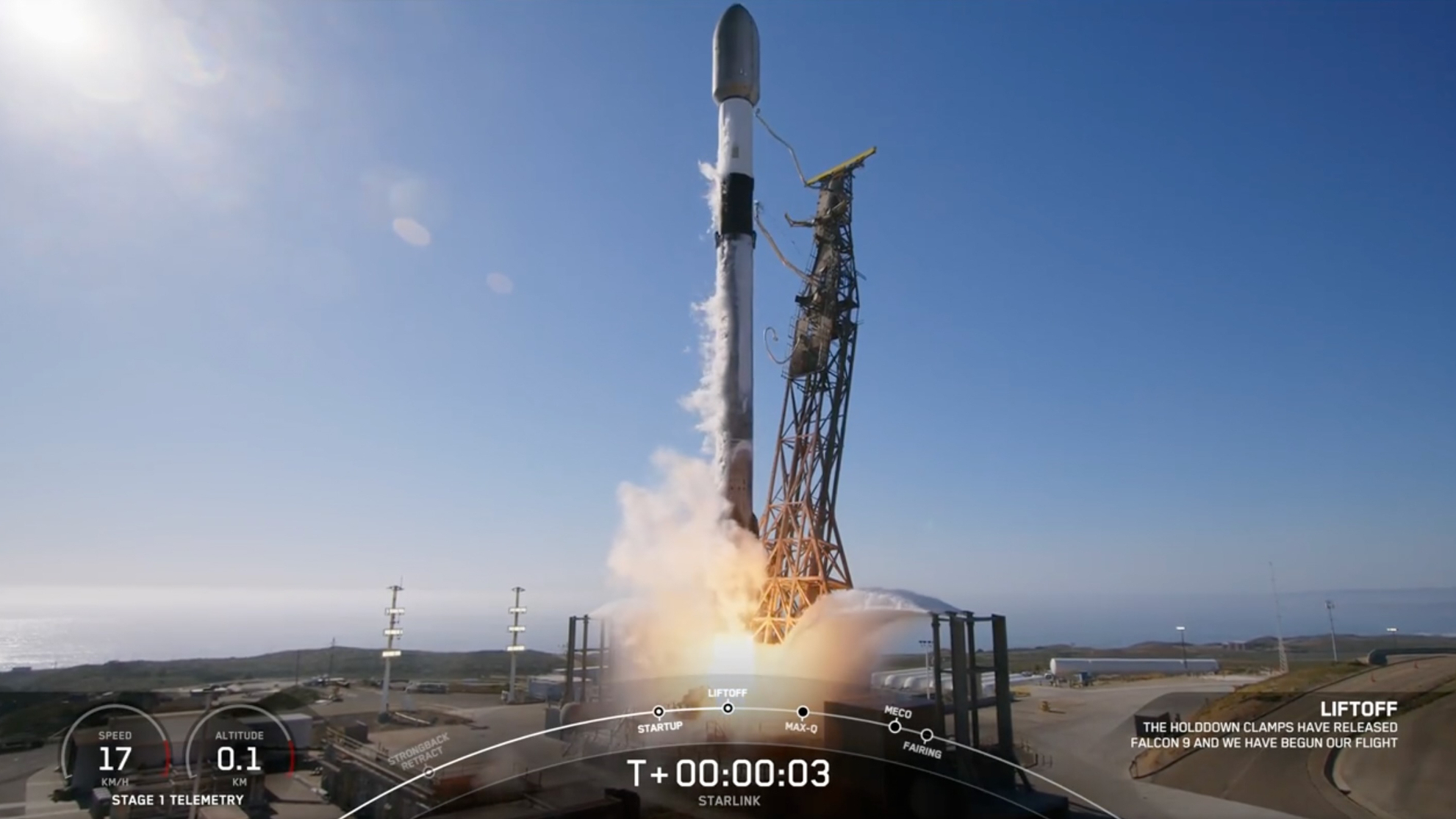Watch the moon pass in front of Uranus today (Dec. 5)
The lunar occultation of Uranus will be visible from Northern Europe, Northern Africa, and parts of Asia.

On Monday (Dec. 5), Uranus will briefly disappear from the night sky when the moon passes in front of the faint planet in an arrangement called a lunar occultation.
The lunar occultation will start at 12:30 p.m. EST (1730 GMT) when Uranus which will be in the constellation of Aries, begins to vanish behind the moon. At the start of the lunar occultation, Uranus will have a right ascension of 02h52m40s and be around 16 degrees above the horizon, according to In the Sky. (If you hold out your fist at arm's length, its width equals around ten degrees in the sky.)
As the seventh planet from the sun disappears behind the moon, the ice giant planet will have a visual magnitude of 5.7, meaning it won't be particularly bright to the naked eye. The lunar occultation of Uranus will end across the globe a few hours later at 2:25 p.m. EST (1925 GMT).
Related: December full moon 2022: The Cold Moon occults Mars
Just as is the case will all lunar occultations, or events when the moon moves in front of other astronomical objects such as solar system planets or stars, the Dec. 5 occultation of Uranus will only be visible from a tiny fraction of the Earth's surface.

Want to get a better look at Uranus or the moon? We recommend the Celestron Astro Fi 102 as the top pick in our best beginner's telescope guide. Don't forget a moon filter if you'll be looking towards our celestial companion.
This event will be visible from Northern Europe, Northern Africa, and parts of Asia, but won't be observable from the U.S.
This limited visibility results from the fact the moon is closer to Earth than other celestial objects. This proximity means that the moon's position varies based on where on Earth it is observed from.
Get the Space.com Newsletter
Breaking space news, the latest updates on rocket launches, skywatching events and more!
When observers in regions of our planet from which the lunar occultation of Uranus is visible see the ice giant disappear from the sky, observers on the opposite side of the planet will see the pair separated by as much as two degrees, a distance in the sky equivalent to four times the diameter of the full moon.
That means that while skywatchers in some of these regions will miss the occultation, the position of the moon will give them a good guide to locating Uranus in the night sky.
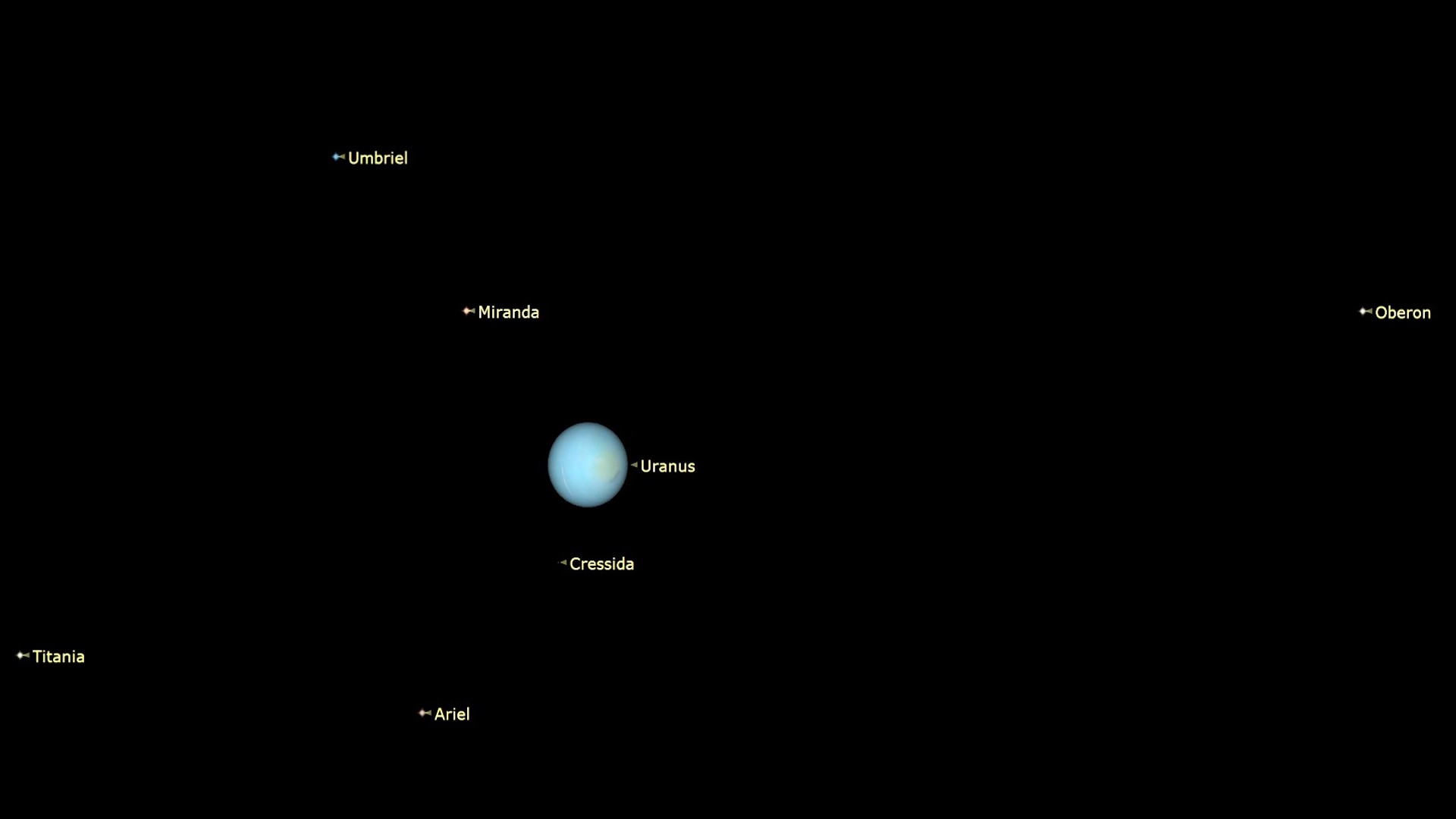
This will depend on Uranus being above the horizon at the time of occultation and the sky being dark enough to see the faint ice giant planet.
Amateur astronomers lucky enough to be located in a region of the planet from which the lunar occultation of Uranus is visible can watch the event with binoculars or a telescope.
Skywatchers hoping to see the two-degree separation of the two will need to abandon the telescope. The moon and Uranus will be too widely separated as seen from these regions of Earth to be sighted in the narrow field of view of a telescope. Skywatching binoculars could help give you a closer, view, though, as they offer a wider field-of-view than telescopes.
Lunar occultations of Uranus and considered to be quite rare, but 2022 has been a bumper year for this astronomical event. Every month since February has seen the moon hide the ice giant at least somewhere across the globe.
Whether you're new to skywatching or have been it at for years, be sure not to miss our guides for the best binoculars and the best telescopes to spot Uranus and other celestial wonders. For capturing the best Uranus pictures you can, check out our recommendations for the best cameras for astrophotography and best lenses for astrophotography.
Editor's Note: If you catch a photo of Uranus near the moon and would like to share it with Space.com's readers, send your photo(s), comments, and your name and location to spacephotos@space.com.
Follow us on Twitter @Spacedotcom or on Facebook.
Join our Space Forums to keep talking space on the latest missions, night sky and more! And if you have a news tip, correction or comment, let us know at: community@space.com.

Robert Lea is a science journalist in the U.K. whose articles have been published in Physics World, New Scientist, Astronomy Magazine, All About Space, Newsweek and ZME Science. He also writes about science communication for Elsevier and the European Journal of Physics. Rob holds a bachelor of science degree in physics and astronomy from the U.K.’s Open University. Follow him on Twitter @sciencef1rst.




